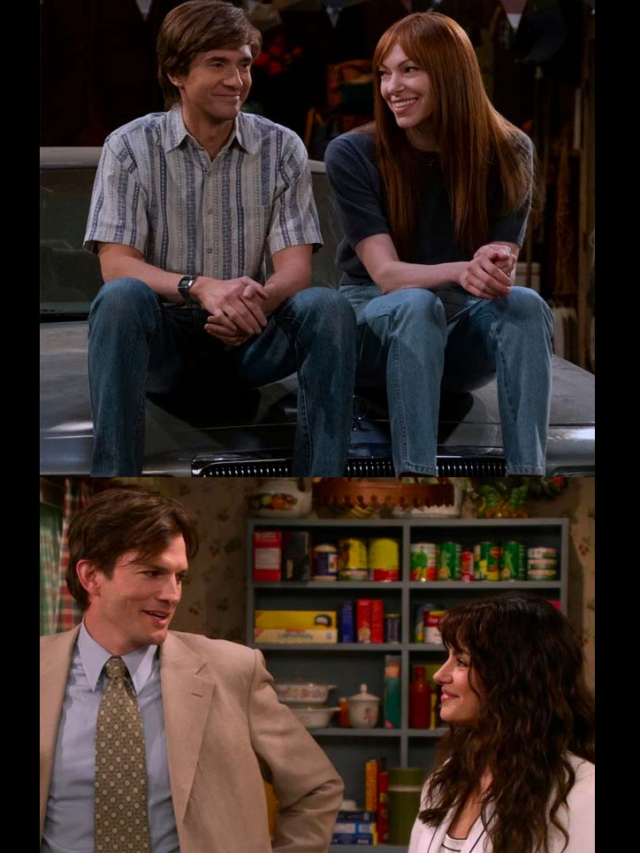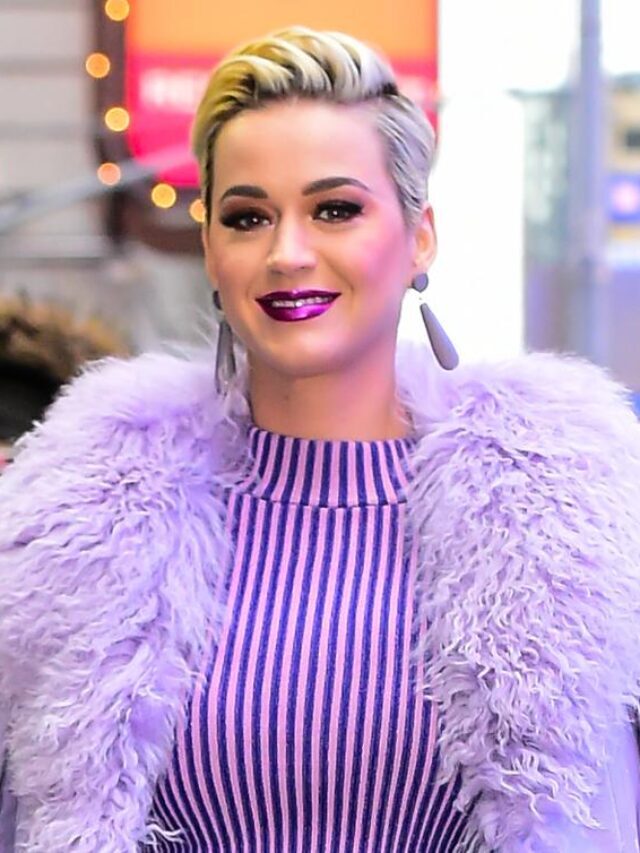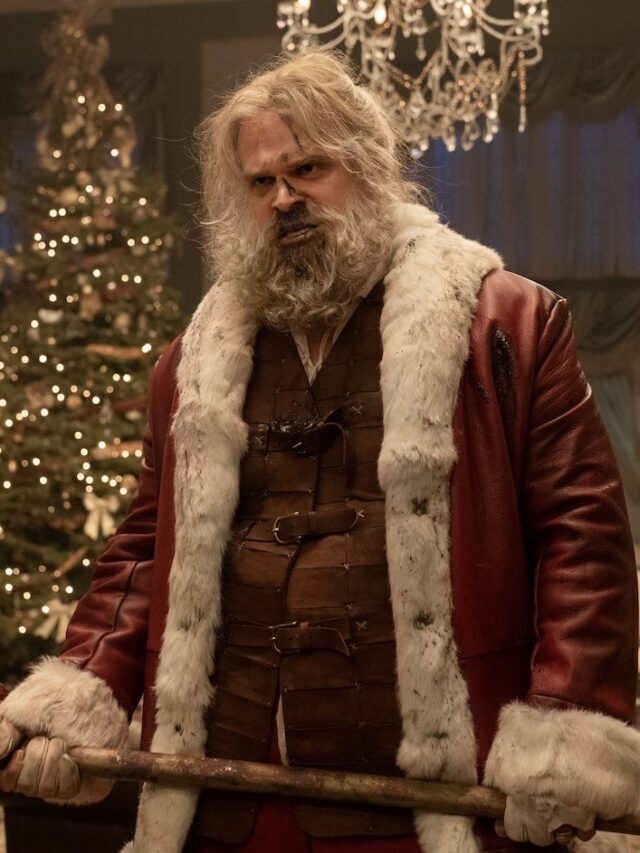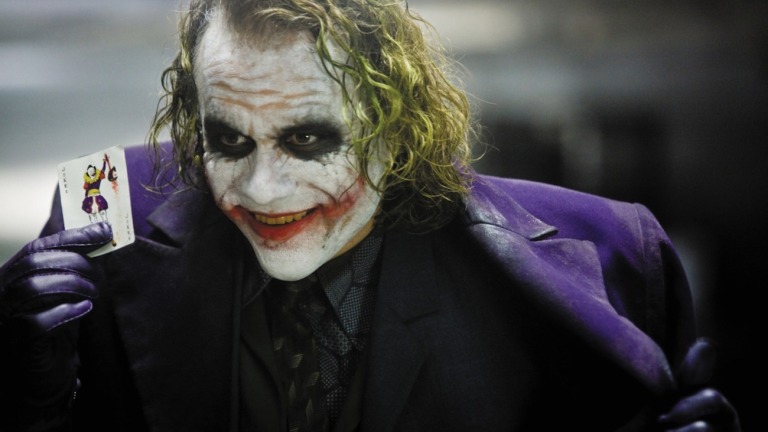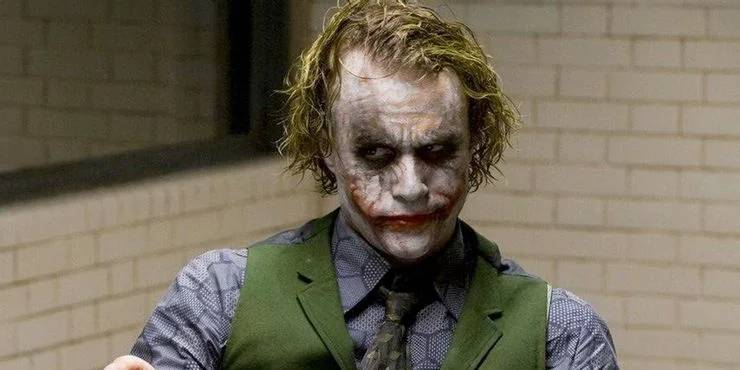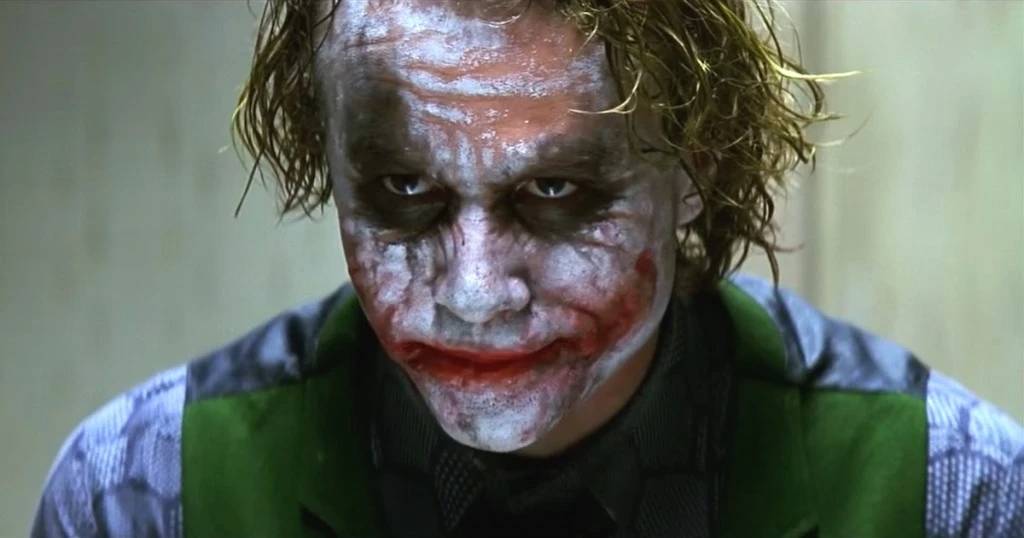One of the greatest villain debuts in movie history. Heath Ledger’s portrayal of the Joker commandeers rather than simply dominates the frame as he stands in the middle of a large 70mm image. He attracts the IMAX camera, which is still taking numerous images of the Chicago cityscape surrounding him, into his area of influence, and consequently, to us. Before this point, Gotham City in Christopher Nolan’s The Dark Knight ran like a well-oiled machine. Even its most evil characters were enslaved by the desire to explain everything using icy, utilitarian logic.
Unlike the Joker.
One senses a terrible spirit has been conjured within our first breath next to Heath Ledger’s clown, and he has decided to materialise out of thin air at this very time, on this specific street corner. He’s come to claim the collective soul of Gotham, but he’ll take any naive soul who crosses his path, even you.
This is, of course, only a brief scene in The Dark Knight; it’s a quick tease before Ledger reveals his makeup-covered face or says a single word. In truth, Nolan and the actor portray the character with great restraint, first appearing as a masked Mephistopheles who sings a lot until the conclusion of a daring bank heist. When he reappears more than 20 minutes into the movie to perform a magic trick for Gotham’s criminal underworld, he later develops into a real narrative presence.
There is a case to be made that this performance stands alone as the best superhero movie performance ever. Sure, there have been ostentatious twists in comic book blockbusters before and since; there have even been excellent Joker interpretations before and after Ledger. Although Nolan managed to keep the movie from just turning into a showcase for the performance, what the actor was able to achieve in 2008 mesmerised viewers because he, like the character, had the freedom to shape the movie to his whim.
Ledger’s anarchist supervillain was very different from Jack Nicholson’s hammy portrayal of the same role in 1989, with the strung-out hair of an addict who hasn’t showered in three months, greasy self-applied pancake makeup, and a Glasgow smile that’s as unsettling as it is uneven (suggesting perhaps half of it was self-inflicted to make a matching set of scars). It was harsh in its day and exciting, like a punk rocker diving into the mosh pit, for crowds and even comic book enthusiasts clamouring for something darker than Nicholson. In fact, Ledger reportedly patterned the character’s appearance in part on Johnny Rotten from the Sex Pistols, and Ledger’s cadence whenever the clown growls has more than a whiff of Tom Waits’ gravel.
The lasting horror (and not-so-secret fascination) of Ledger’s portrayal of the Joker, however, rests in the impact he has on the movie’s narrative storytelling and its iconic pop cultural image. Strictly speaking, the Joker as a character spends a lot more time off-screen than on-screen in The Dark Knight. The Joker is barely on screen for 33 minutes out of The Dark Knight’s epic 152-minute running time, which is less than the typical length of a Hollywood production. He nevertheless dominates the picture, casting a shadow over each of Nolan’s three roughly equal protagonists: the vigilante Batman (Christian Bale), police lieutenant James Gordon (Gary Oldman), and district attorney Harvey Dent (Aaron Eckhart).
Nolan and Jonathan Nolan, his brother and co-screenwriter, have acknowledged that Steven Spielberg’s Jaws, another classic blockbuster, served as some of the setup for their film. In both movies, a presence that is so terrible and malignant that it goes beyond being just a shark or a crazy person in costume—or just a comic book supervillain, for that matter—brings together three different, antagonistic male authority figures for a legendary confrontation. Joker has a character arc and no psychological development, similar to the aquatic beast. He is an unrestrained force of primordial evil. The sanity of their entire society appears to be sinking into the abyss as the heroes’ conflict with him continues.
Due to this framing, Ledger’s Joker can effectively serve as a stand-in for many of the social concerns that kept American audiences up at night throughout the Bush administration. Some of them continue to do so today. The Joker is clearly referred to as a terrorist in the movie; he is a non-state actor who cannot be reasoned with and who doesn’t adhere to established norms or concepts of justice. The lone wolf, a typically male shooter who uncharacteristically fires the trigger, is also shaded. But more than anything, the Joker symbolises the gaping vacuum in which a large portion of humanity’s violent tendencies are collectively held and disregarded by our cultural memory—until they can no longer be.
Some men aren’t searching for anything rational like money, as Alfred Pennyworth, played by Michael Caine, memorably argues. They are impossible to coerce, bully, reason with, or compromise with. Some men prefer to merely observe the world burn. The Dark Knight’s bite comes from that conclusion of seeing into senseless, inexplicable cruelty. And what a keen bite it is when, for example, Heath Ledger’s Joker guffaws at Batman, our alleged hero who has resorted to beating (or torturing) the villain in a holding cell. You have nothing to frighten me with, nothing to do with all of your strength, the clown gloats.
This explains why the Joker works so well as the antagonist in The Dark Knight’s parable about how to use moral authority in immoral (i.e. irrational) times. It may also explain why Ledger’s performance seemed so thrilling at first, propelling him to a posthumous Oscar in the Best Supporting Actor category seven months after the movie’s debut.
However, Ledger’s Joker has remained a ghost long beyond that Oscar night, more so than any other cinematic villain in recent memory. As a subconscious boogeyman, the mental image of the figure licking his scars while sticking his tongue out of his mouth like a cobra has stuck with us. Ledger developed this habit to keep his prosthetics in place. After The Dark Knight’s debut thirteen years ago, Heath Ledger’s portrayal of the Clown Prince of Crime has earned a place in movie history alongside Anthony Hopkins’ Hannibal Lecter in The Silence of the Lambs or, well, that shark in Jaws. He is a cryptic and enigmatic character who is hardly visible in his movie but plainly spreads a pall of evil over the entire process.
We don’t know how or why Heath Ledger’s Joker developed into the character he is today, or what drove him to become so enamoured of the Batman that he was moved to assume “war paint” and exclaim, “You complete me!” In The Dark Knight, The Joker offers several different accounts of how he came to be. For example, he claims that a mobster played by Michael Jai White was the victim of an abusive father while later telling Rachel Dawes (Maggie Gyllenhaal) that he scarred his own face to cheer up his wife who had a disfigured face as well. Of course, both stories are fabrications, openly deceptive schemes designed to take advantage of his victims’ perceived weaknesses. The Killing Joke by Alan Moore and Brian Bolland, in which the comic book Joker tells the reader a sob tale flashback before admitting he probably made it up, served as the inspiration for this tactic.
He writes on the page, “If I’m going to have a past, I prefer it to be multiple choice.”
Our Team DCS includes 5 different writers proficient in English and research based Content Writing. We allow them and encourage them to follow the Entertainment news all day long. Our posts, listicles and even the exclusives are a result of their hard work.

